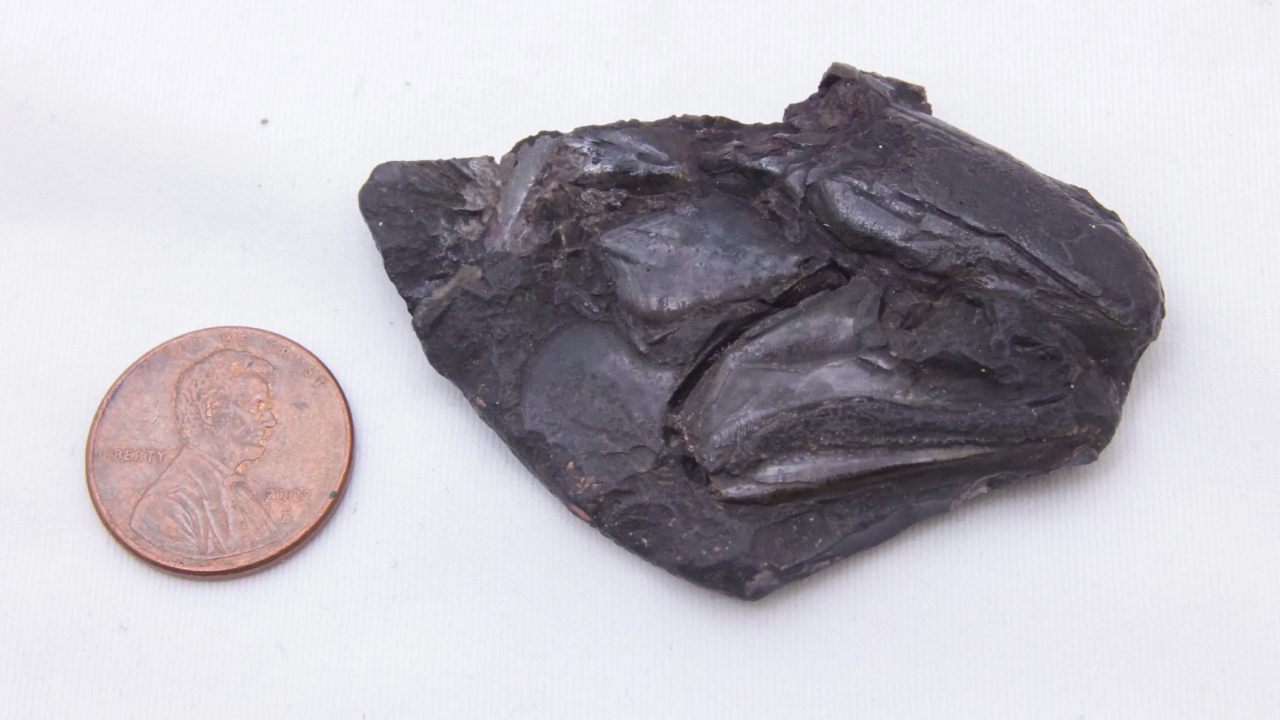Scientists have discovered the fossilized brain of a fish thought to have lived 319 million years ago. It was reported that the brain found in a skull found years ago with today’s technologies could make an important contribution to understanding fish evolution.
Ongoing research around the world allows us to learn about the species that lived on our planet millions of years ago. A study published today in Nature reveals that a new discovery could help us unravel the mysteries of animal evolution.
Researchers in the study led by Rodrigo Figueora, a doctoral student from the University of Michigan in the USA, lived 319 million years ago discovered the fossilized brain of a fish The scientists described their findings as “the earliest example of a well-preserved vertebrate brain.”
319-million-year-old brain preserved in detail thanks to a dense mineral
First of all, let’s mention that the skull was actually found in England more than a century ago. But today’s modern imaging techniques have allowed the brain to be studied. The researchers found that the fish to which the skull belonged was a species of ray-finned fish, the ‘fish’.Coccocephalus wilHe said it was di. We can say that today’s examples of ray-finned fish, which include more than 30 thousand species, are trout or swordfish.
Paleontologist Sam Giles also commented on the work.“This unexpected discovery of a vertebrate brain preserved in 3D gives us surprising insights into the neural anatomy of ray-finned fish.” used the phrases. Giles also adds that the fossil allows them to better describe how and when today’s fish evolved, adding that they encountered a much more complex evolution.
The researchers used CT scanning technology we see in medical imaging of people to look inside the skull without damaging it. As a result, a well-preserved brain and 2.5 cm long nerves they found it. Protection is also a substitute for the brain and nerve. with minerals stated to have occurred.
The brain has also been compared to modern-day animals

It was also stated that the brain can be compared with today’s animals. Scientists have found that existing similar fish have brains that fold outward as the embryo develops; however, he noted that in Coccocephalus it folded inward. This is the brain to better understand the timeline of its evolution helped researchers.
In addition, Giles, the brain is described as a primitive fish. to sturgeon He added that it was similar. These species were characterized as such because they diverged from ray-finned fish 300 million years ago.
RELATED NEWS
Here’s How Dinosaurs Were Depicted in the Years When There Wasn’t Enough Fossils: Some Like Pokemon!
We know that fossilized bones are preserved; however, it is quite difficult to preserve soft tissues such as the brain for such a long time. a rare case. Researchers say that with modern technologies, we may make more similar discoveries in the future than we thought.
